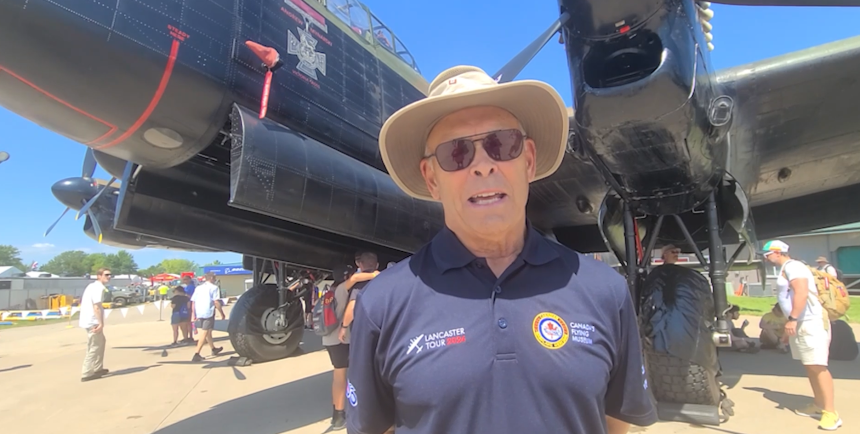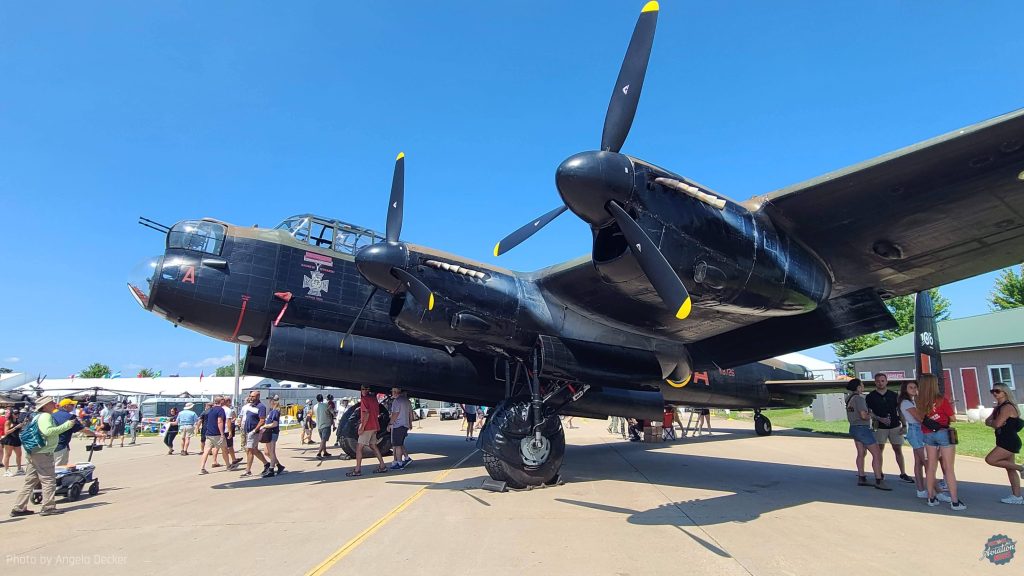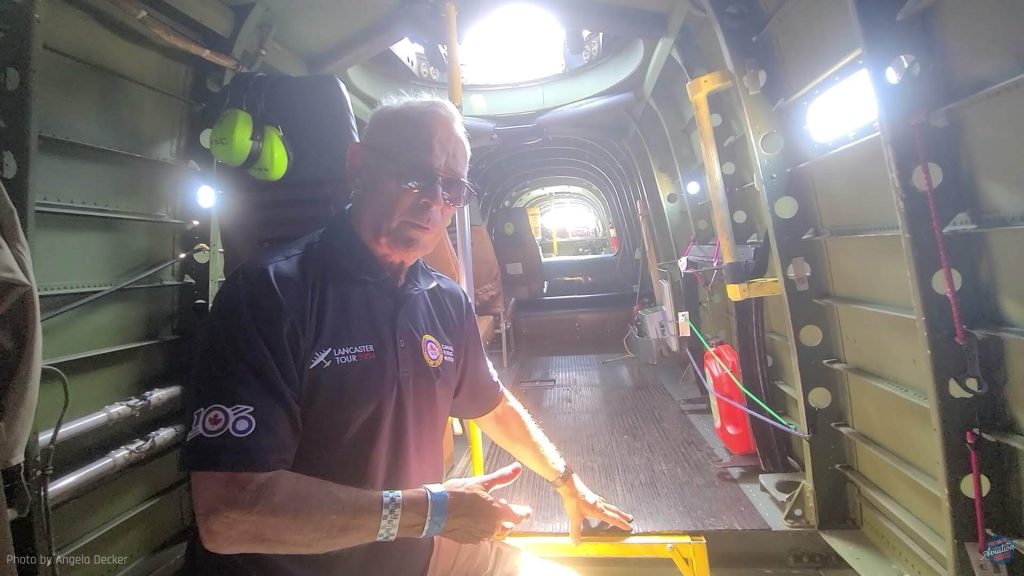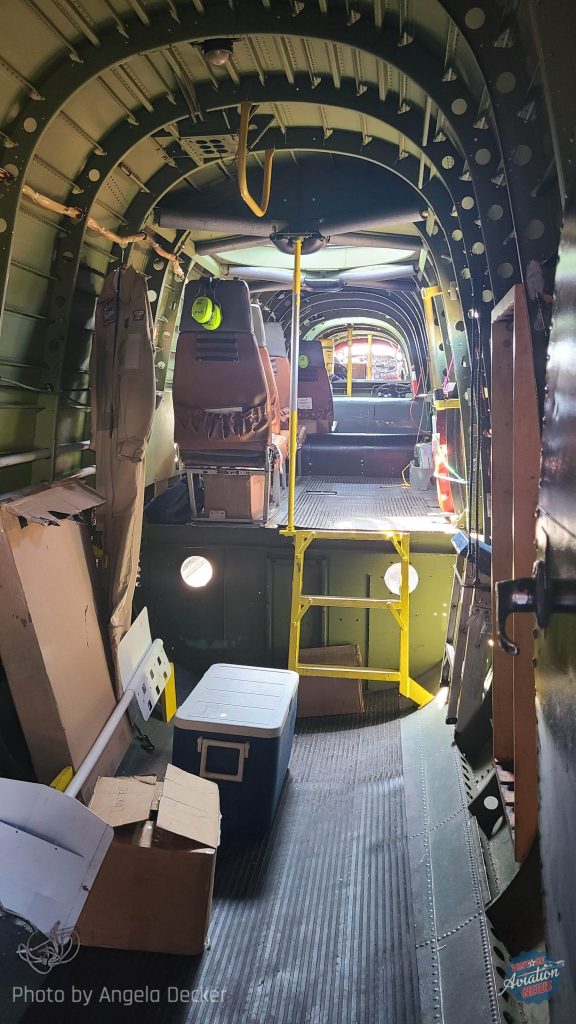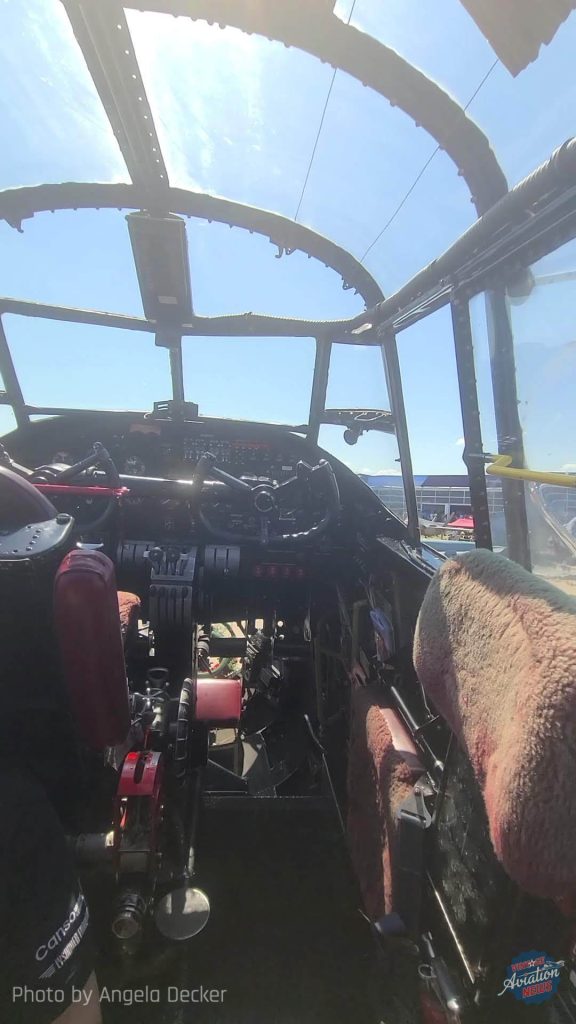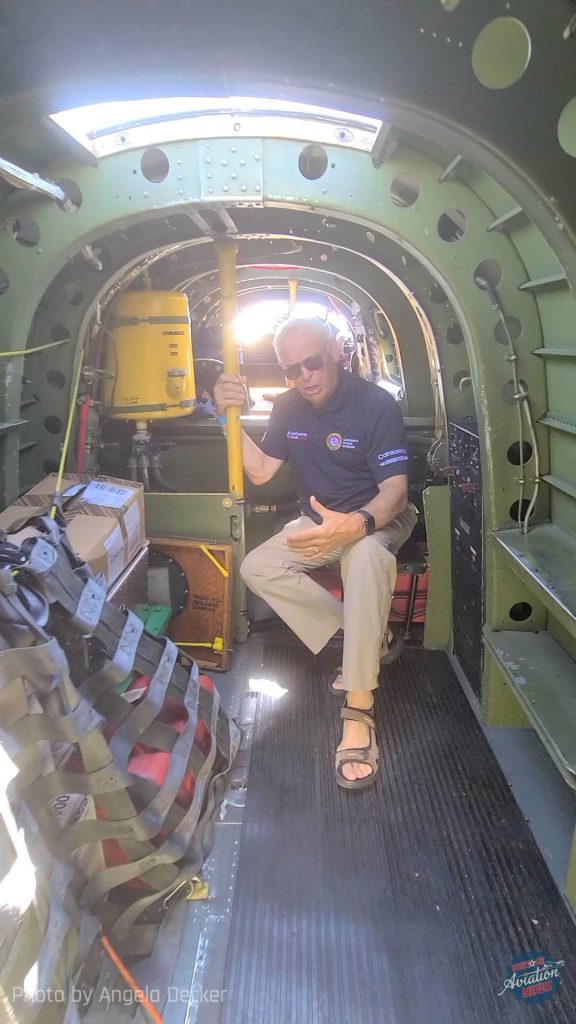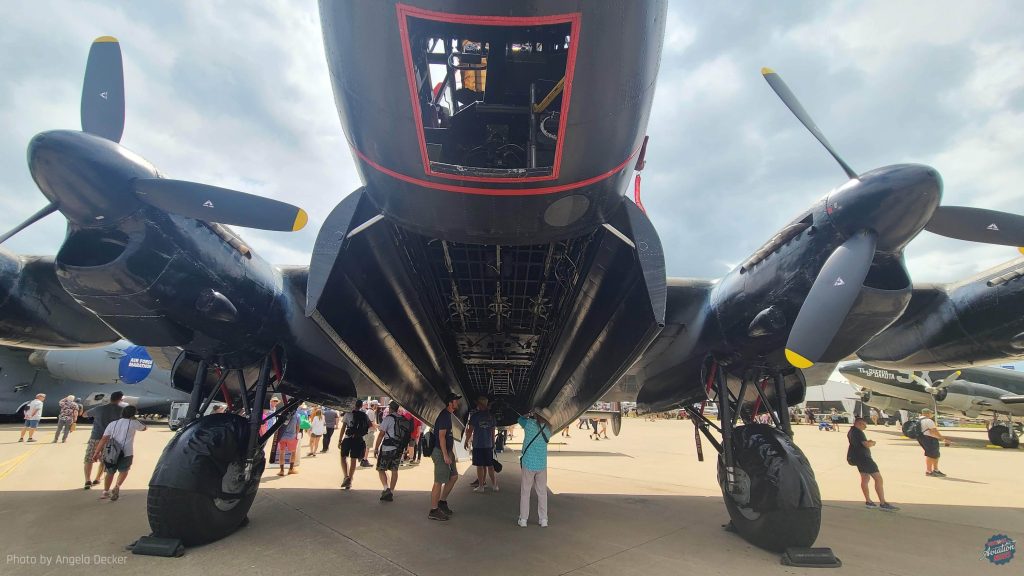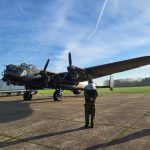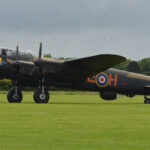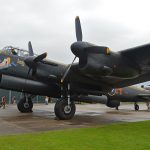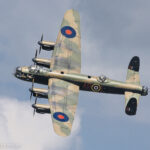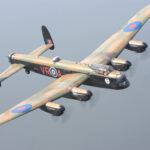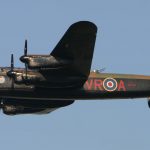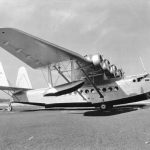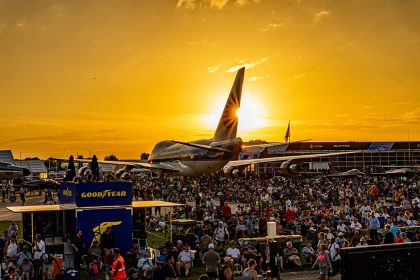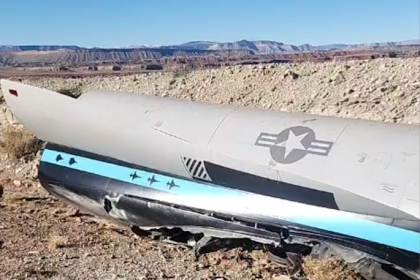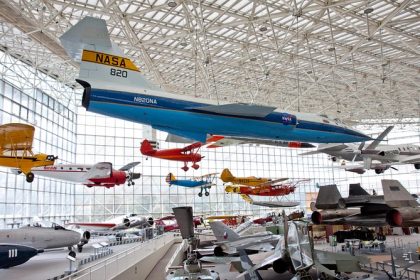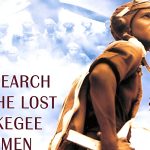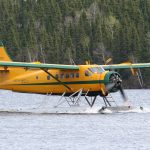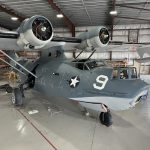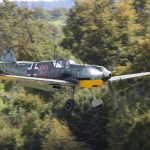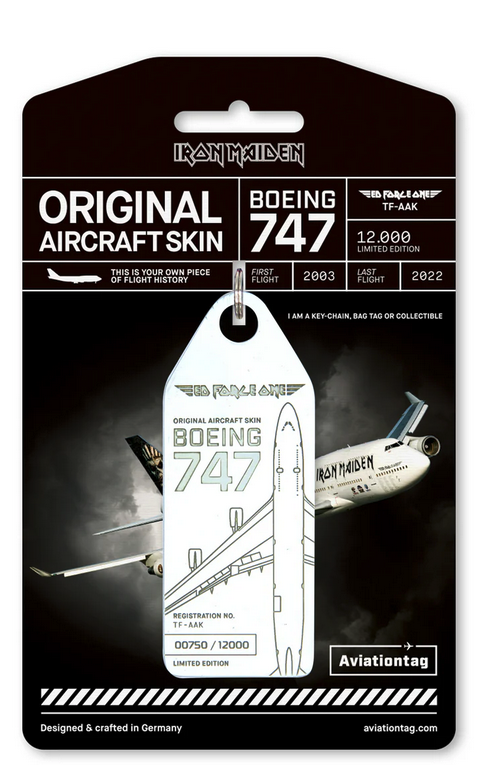Drawing more than 10,000 aircraft in a single week, AirVenture in Oshkosh, Wisconsin, is a spectacle unlike any other. With countless aircraft vying for attention, few truly captivate. However, the Avro Lancaster Mk. X from the Canadian Warplane Heritage Museum (CWHM) stood out, mesmerizing visitors with its presence. On a scorching day during AirVenture 2024, I had the privilege of spending time with CWHM’s Chief Pilot, Leon Evans, who also pilots the Lancaster. My son and I were granted a private tour of the bomber’s interior, followed by an extended interview with Evans.
Leon Evans: A Career in Flight
Leon Evans, CWHM’s chief pilot, boasts a distinguished aviation career spanning over 25,000 hours. Born in Exmouth, UK, in 1946, he emigrated to Canada in 1958, where his passion for flight took root in the Air Cadets. After earning his pilot’s license, he became an instructor at St. Catharine’s flying club before joining Air Canada in 1973.
Over the years, Evans piloted a range of aircraft, from the Lockheed L-1011 TriStar to the Boeing 747 and Airbus A340, before retiring in 2006. His love for vintage aviation led him to the Canadian Harvard Aircraft Association and, ultimately, CWHM, where he flew the Harvard, Stearman, Beech 18, DC-3, and, finally, the Lancaster. His extensive tailwheel experience made him a natural fit for the museum’s aircraft progression, culminating in his transition to the Lancaster under the tutelage of veteran Don Schofield.
The Lancaster’s Legacy
The museum’s Lancaster Mk. X was built at Victory Aircraft in Malton in July 1945 and later converted for maritime patrol as an RCAF 10MR. In 1952, it sustained significant damage and was fitted with a replacement wing center section from a Lancaster that had seen combat over Germany. It served with No. 405 Squadron in Greenwood, NS, and No. 107 Rescue Unit in Torbay, Newfoundland, before its retirement in 1963.
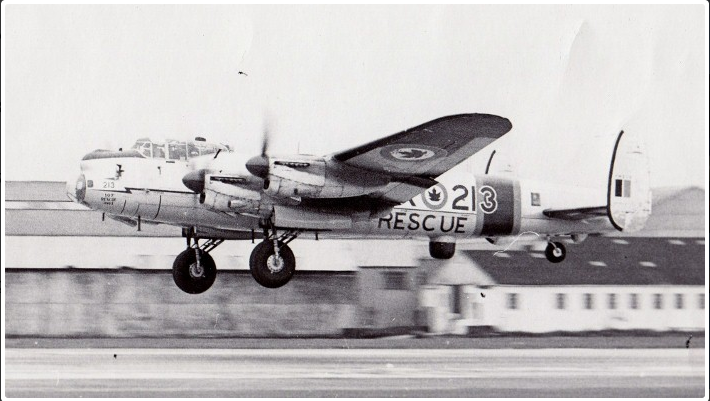
Rescued from outdoor display in Goderich, Ontario, through the efforts of the Sulley Foundation in 1977, the aircraft underwent an 11-year restoration before returning to the skies on September 24, 1988. Dedicated to Pilot Officer Andrew Mynarski, it flies as the “Mynarski Memorial Lancaster,” painted in the colors of KB726 – VR-A, of RCAF No. 419 “Moose” Squadron. Mynarski, awarded the Victoria Cross posthumously, sacrificed his life attempting to save a trapped crew member when his Lancaster was shot down in 1944.
Looking Ahead
As winter fades and a new flying season approaches, take a moment to appreciate this legendary bomber and the people who keep its history alive. Perhaps this story will provide just the inspiration needed to carry you into the blue skies of another season of vintage aviation.</







